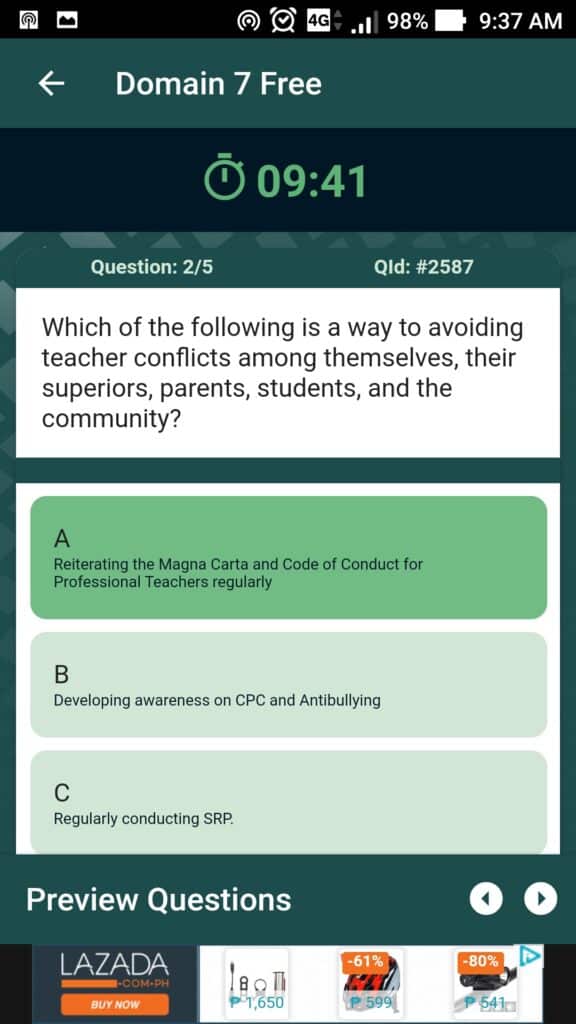

In Chief Justice Roberts’s dissent highlights the shortcomings of the opinion to apply an original level of scrutiny instead of simply ‘agreeing’ or ‘disagreeing’ with the lower courts. The Attorney General reported “the President has concluded that given a number of factors, including a documented history of discrimination, classifications based on sexual orientation should be subject to a heightened standard of scrutiny.” The opinion mentions that that the court applied a ‘heightened scrutiny’ but doesn’t explicitly define the type of scrutiny they utilize they make their decision, but it may be assumed that they followed suit since they didn’t overturn the decision of the Second Circuit Court of Appeals. The Supreme Court later affirmed their decision, but failed to explicitly define the level of scrutiny they were utilizing in their opinion. ” The Second Circuit Court of Appeals was the first time that a federal appeals court subjected the classification of sexual orientation to intermediate scrutiny. Supreme Court examines the constitutionality of excluding same-sex partners from the legal definition of “spouse. Thus, the issue pushes for a judgment on ‘enumerated rights’ rather than a judgment on fundamental rights. However, the current same-sex cases is dealing with the legality of civil unions and earning benefits similar to legal heterosexual marriages. Secretary of the Department of Children & Family Services. The following Supreme Court Cases have dealt with issues directly related to Equal Protection Clause as well as the fundamental rights of same-sex groups: Romer v. On the sole basis of combating discrimination, the use of rational basis (initial cases) and strict scrutiny (subsequent cases) has been appropriate. Supreme Court Cases has been taking on sexual orientation cases since the 1990s, but has been reluctant to apply intermediate scrutiny. He further goes on to persist that a ‘heightened scrutiny’ will resolve unintended consequences “by acknowledging use of a form of heightened scrutiny, judicial opinions regarding sexual orientation classifications will no longer be as susceptible to criticisms that such opinions are unwarranted examples of judicial activism that defy constitutional precedent in dealing with non-suspect classifications.” Thus, I believe the US Supreme Court should use an intermediate level of scrutiny (instead of rational basis and strict scrutiny) regarding same-sex marriage cases for this spring.įorm of Heightened Scrutiny: Intermediate Scrutiny Thus, both the lack of precedent of the particular level of scrutiny in sexual orientation cases and the varied interpretation of sexual orientation contribute to the ambiguity of the appropriate scrutiny to utilize in sexual orientation cases.Īccording to Smith in “Flaws of Rational Basis,” rational basis scrutiny doesn’t have credibility to establish precedent. Though sexual orientation discrimination can fall under these ‘enumerated rights’ for some Supreme Court cases – it is not easily applicable for rational basis review in all cases because some classifications require the use of strict scrutiny. The scrutiny of sexual orientation cases is a definitional issue – Supreme Court cases under rational basis review have traditionally examined enumerated rights that have yet to be considered fundamental rights. The level of scrutiny in sexual orientation Supreme Court Cases has mostly been avoided and greatly debated.


 0 kommentar(er)
0 kommentar(er)
